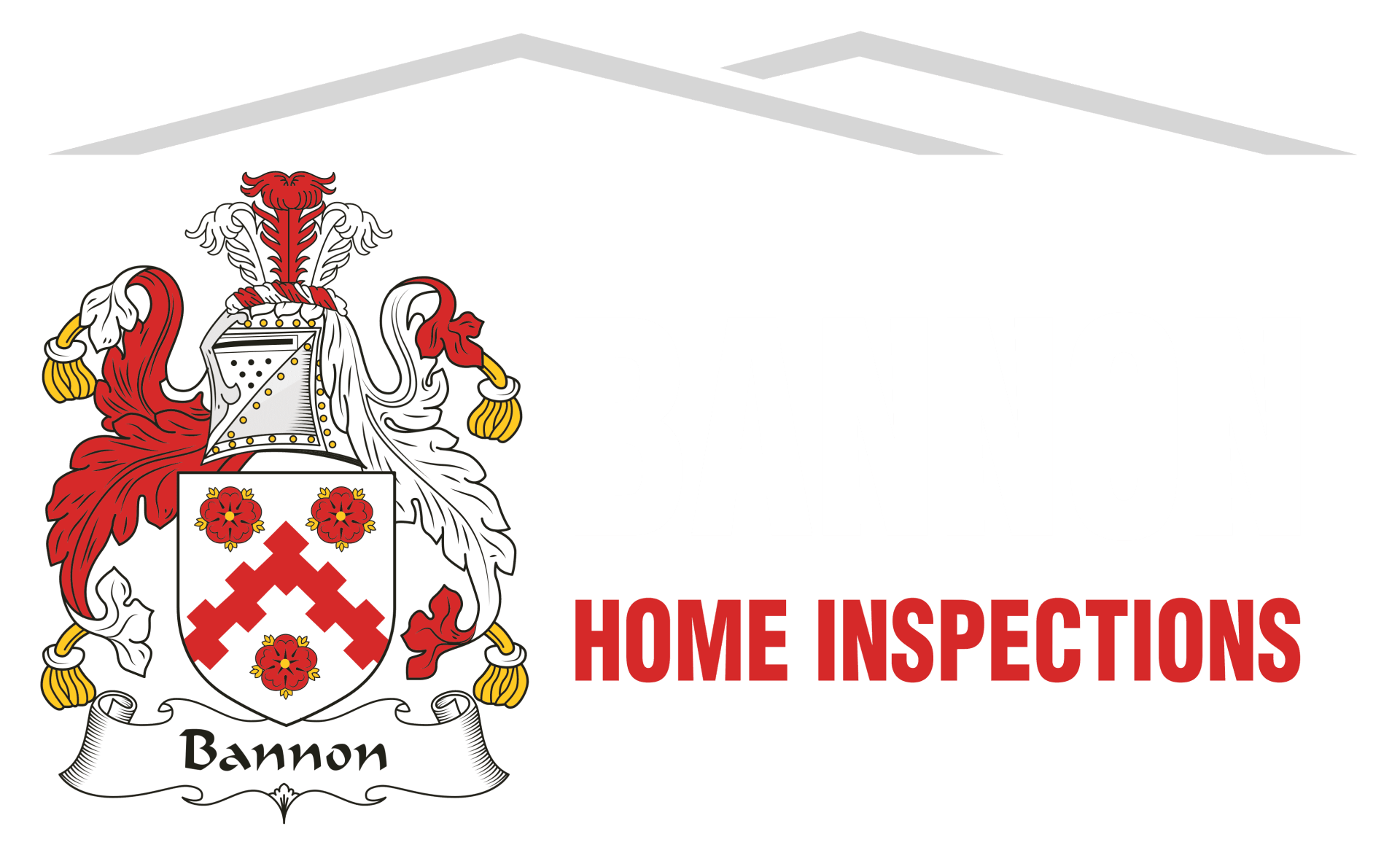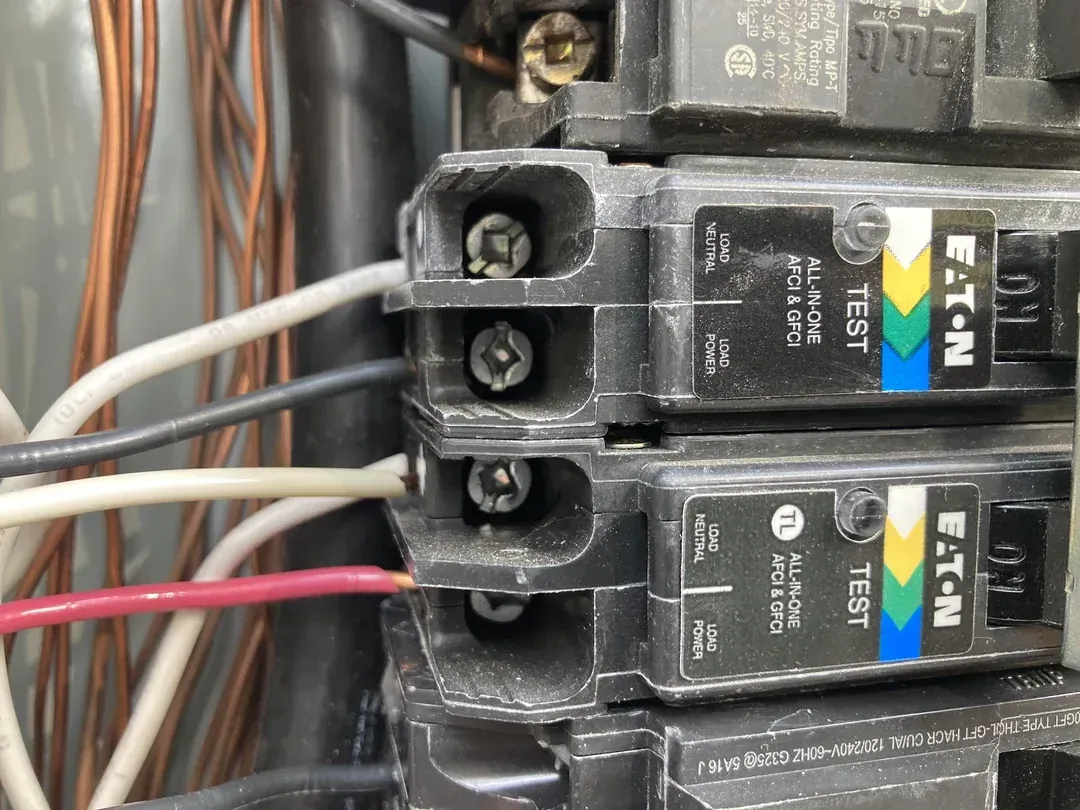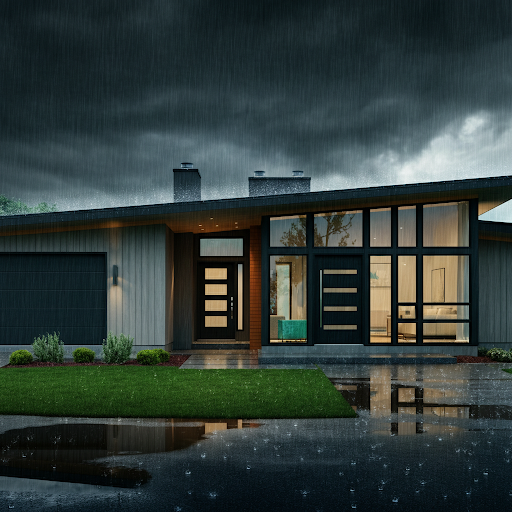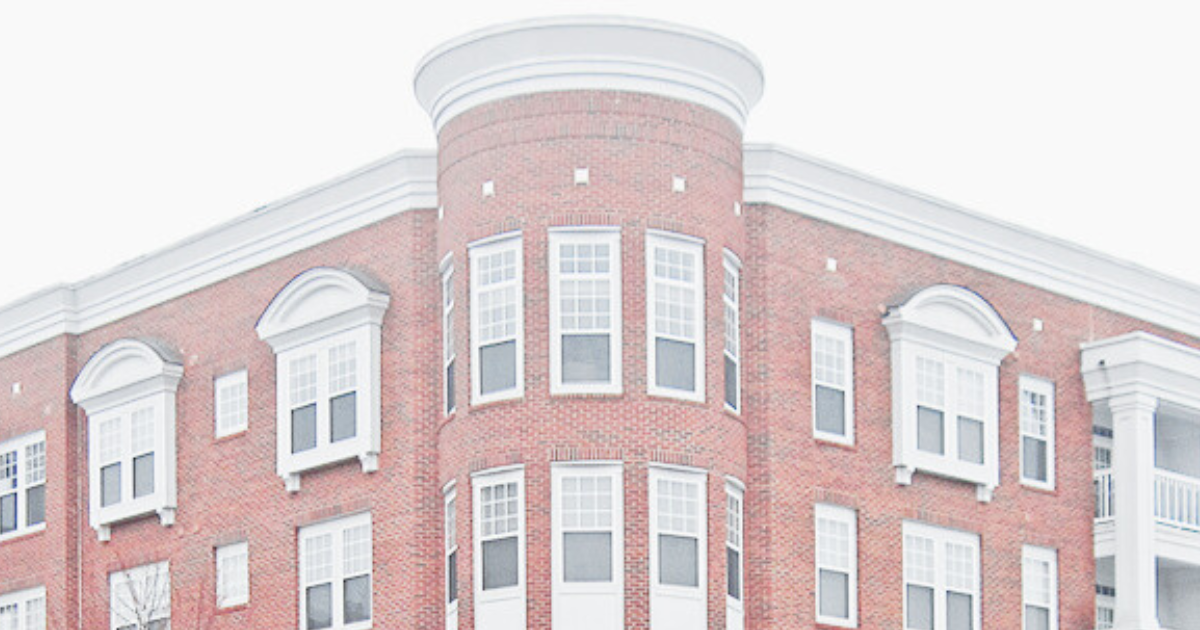11 Things Home Inspectors Can’t Do (And Why It Matters to You)
5-Minute Read
11 Things Home Inspectors Can’t Do (And Why It Matters to You)
A home inspection can give you peace of mind by revealing potential issues with a property before you buy it. But while home inspectors provide a valuable service, there are limitations to what we can (and should) do during an inspection. Setting the right expectations helps avoid confusion and ensures a smoother process for everyone involved.
As experienced home inspectors, we’ve seen it all—but there are lines we can’t cross. Here’s a no-nonsense list of 11 things we can’t do (with plenty of real-life examples).
1. Move Furniture or Belongings
We’ve all been there—showing up to inspect a house, only to find a heavy wardrobe blocking an electrical outlet or a bed pushed against a wall we need to check. While it might seem tempting to move things around, it’s not something we’re allowed to do.
Why not?
- We don’t want to damage personal belongings.
- Moving heavy furniture can be a safety risk for us.
- It’s simply not our job to rearrange someone’s home.
Pro Tip:
If you’re
selling your home, make sure critical areas—like electrical outlets, plumbing access points, windows, and the attic access areas—are clear before the inspector arrives. It’ll make the process faster and more thorough.
2. Open Up Walls or Floors
Ever wonder if there’s something hiding behind that wall? So do we! But we’re not allowed to cut into drywall, remove flooring, or do anything invasive during an inspection.
Why not?
Home inspections are non-invasive by nature. We’re there to visually inspect what’s accessible, not to cause damage. If we suspect something hidden, we’ll note it in the report and recommend a specialist for further evaluation.
3. Predict the Future
“I see this furnace is old… When do you think it’ll break?” We hear this one a lot, and while we can give you an educated guess based on its current condition, we can’t predict exactly when it’ll fail.
Why not?
Even the best-maintained systems can suddenly fail. We’ll tell you if something looks like it’s on its last leg, but no one can foresee the future.
4. Guarantee That Nothing Will Go Wrong
After an inspection, some buyers assume their new home will be issue-free for years to come. While that would be nice, it’s not realistic.
Why not?
A home inspection is a snapshot in time. We document what’s visible and functional during the inspection, but things can change quickly. A perfectly working water heater today could spring a leak next week.
5. Check Everything Behind Locked Doors or Inaccessible Areas
Imagine showing up to inspect a home and finding the crawl space locked or the attic hatch painted shut. It happens more often than you’d think.
Why not?
We can’t break locks or force open access points. If we can’t reach an area safely, we’ll document it in the report and recommend follow-up access for a more complete inspection.
6. Inspect Systems That Are Shut Off
If the water, gas, or electricity is turned off during an inspection, we can’t evaluate those systems.
Why not?
Turning utilities on ourselves isn’t safe, and it could lead to property damage if something isn’t functioning properly. We’ll note the issue and suggest a re-inspection once the utilities are back on.
7. Speculate About Building Code Compliance
Home inspectors don’t enforce building codes or offer opinions on whether something is up to code. That’s the job of a code enforcement officer.
Why not?
Codes vary by location, and what was acceptable 20 years ago might not meet today’s standards. Our focus is on whether something is safe and functional—not whether it meets the latest code revisions. If you’re concerned about compliance, we’ll recommend you find a licensed contractor who knows the local codes inside and out.
8. Inspect Homes with Immediate Safety Hazards
If a home presents immediate danger—like severe structural instability or exposed live wiring—we can’t perform the inspection.
Why not?
Our safety (and yours) is our top priority. In cases where the environment is unsafe, we’ll explain the risks and suggest contacting the appropriate specialists to address the hazards before rescheduling the inspection.
9. Determine Exact Repair Costs
We’re often asked, “How much will it cost to fix this?” While we can tell you what needs fixing, quoting prices is outside our expertise.
Why not?
Repair costs vary depending on the contractor, materials, and scope of work. We’ll give you the information you need to get accurate quotes from licensed professionals.
10. Make the Decision for You
“Would you buy this house?” It’s probably the most common question we get—and it’s one we’ll never answer directly. Read an entire article on this topic here.
Why not?
We can’t break locks or force open access points. If we can’t reach an area safely, we’ll document it in the report and recommend follow-up access for a more complete inspection.
11. Pass or Fail a Home
There’s no such thing as a pass/fail home inspection. Every home, even new ones, will have some issues.
Why not?
Our job is to document what we find and help you understand the severity of any problems. Whether those issues are deal-breakers is entirely up to you.
Final Thoughts: Know What to Expect
Understanding what home inspectors can’t do is just as important as knowing what we can do. By setting realistic expectations, you’ll get the most out of your inspection and be better prepared to take the next steps—whether that’s negotiating repairs, walking away, or moving forward confidently.
At Bannon Home Inspections, we’re committed to providing clear, honest insights to help you make informed decisions about your home. And while we can’t do everything, we’ll always do everything we can to give you the best inspection experience possible.
Can a home inspector come back after locked areas are made accessible?
Yes! If access to areas like the attic or crawl space is provided later, we recommend scheduling a follow-up inspection.
How can I make sure everything is ready for an inspection?
Ensure utilities are turned on, and clear access to key areas like the electrical panel, attic, and crawl space.
What should I do if I have concerns about something the inspector couldn’t check?
If certain areas were inaccessible during the inspection (like behind locked doors or inside sealed walls), we recommend having those areas inspected once access is granted. You can also ask your inspector for guidance on the best type of specialist to contact for further evaluation.
Inside the Inspection
Areas We Serve Near Charlotte in NC & SC
CONTACT US
All Rights Reserved | Bannon Home Inspections
Privacy Policy | Proudly listed on inspectopia.com directory
Realtors®, Transaction Coordinators - Download our NEW app!
Inspecting the Monroe, NC & Charlotte, NC areas since 2020. Site by Logan Ridge Creative Studio
Privacy Policy | Proudly listed on inspectopia.com directory
All Rights Reserved | Bannon Home Inspections






